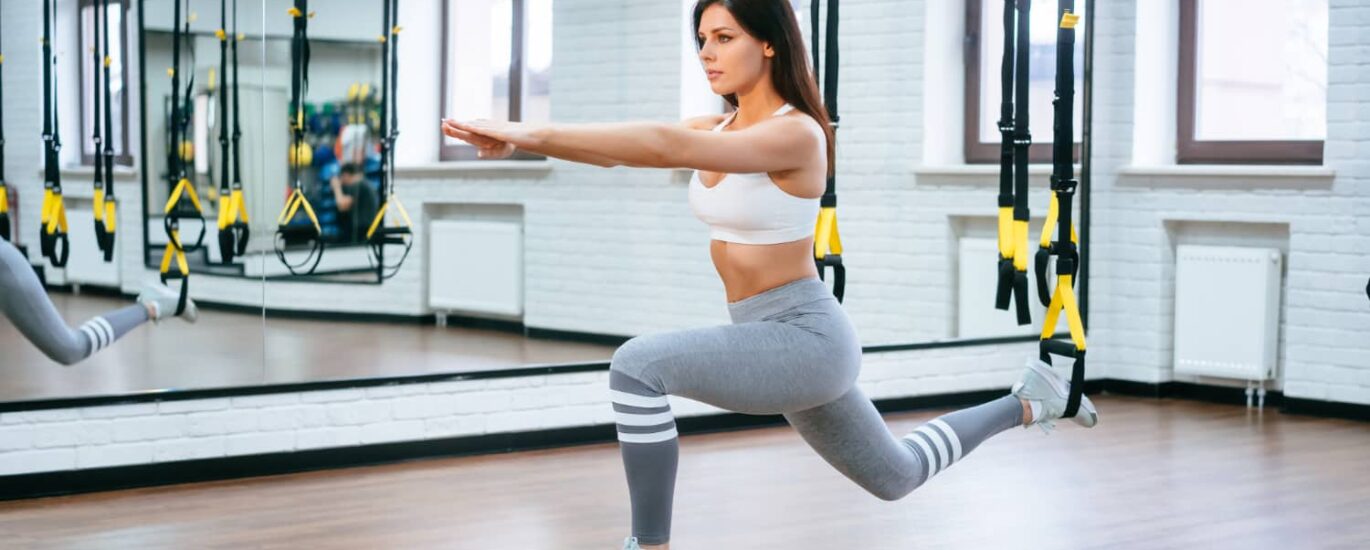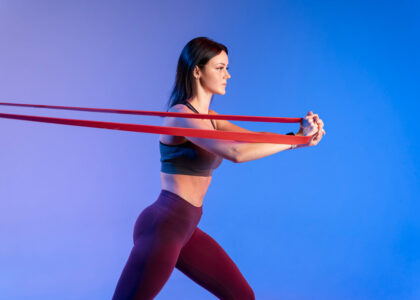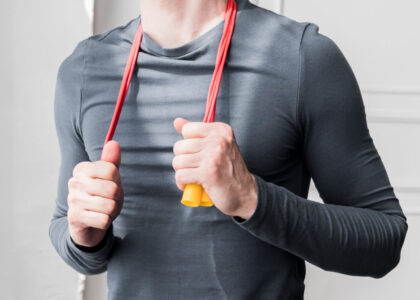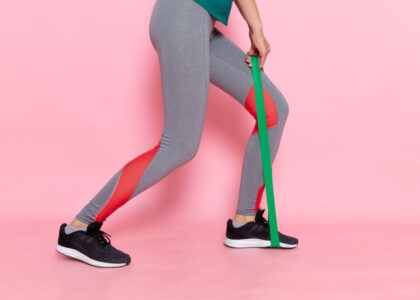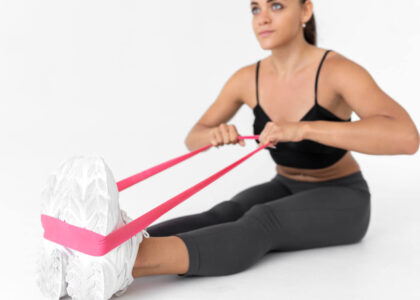Rhomboid | Hip-thurst | Squat Plug | Chest-Workout | Sit-Ups
The Bulgarian split squat builds serious lower body strength by isolating each leg during the movement. However, this exercise requires coordination and mobility that beginners may lack. Looking for Bulgarian split squat alternatives allows you to train legs safely while building foundational strength.
Before progressing to this move, try bodyweight squats, step-ups, or walking lunges. Once ready, reverse lunges take off the split squat’s movement with less dependence on your balance and mobility. Box lunges and rear foot elevated split squats are stepping stones, partially reducing the range of motion.
When performed properly, the Bulgarian split squat targets glutes and quads extraordinarily well, but the learning curve causes many to seek alternatives that offer similar benefits. This guide shares accessible alternatives for every experience level.
Why Is There A Need for Bulgarian Split Squat Alternatives ?
While the Bulgarian split squat is an extremely effective exercise, it places high pressure on several areas that can limit exercisers. Requiring balance, coordination, adequate ankle mobility, hip flexor flexibility, and quad and glute strength, the move challenges even seasoned gym-goers.
Those with prior knee, hip or back injuries may suffer pain placing one leg so far behind them. Beginners often lack the stability and muscle activation to perform the exercise properly. Doing so with poor form increases injury risk. Seeking bulgarian split squat alternatives allows you to train legs safely while building enough abilities.
Once mobility and stability improve, Bulgarian split squats stimulate unmatched muscular adaptation. Until that strength develops, substitute exercises like bodyweight squats, reverse lunges and step-ups prevent injury risk while increasing lower body fitness. As abilities progress, box lunges and rear foot elevated split squats make the coordination and range of motion required for the Bulgarian split squat. Be patient in your progression of this move.
What muscles are targeted in Bulgarian split squats ?
So, now let’s discuss bulgarian split squat muscles worked ? The Bulgarian split squat heavily engages the quadriceps and gluteus maximus, targeting the fronts and backs of your upper legs for full lower body stimulation. Your front leg mostly engages the quads to lower down with control while powerfully extending the knee to stand. As you lower, the glutes and hamstrings of your trailing leg work isometrically to stabilize your pelvis and hip alignment.
The challenge of balancing with only your front foot placed also strongly engages your core, improving spinal stability. As such, the primary movers of this unilateral exercise remain the quads and glutes. And by isolating one leg at a time through that deep range of motion, the obliques, calves, and hamstrings receive thorough work as well. With such intense stimulation across your lower body, it offers a greater muscular hypertrophy.
Assessing Your Needs and Choosing the Best Bulgarian Split Squat Alternatives
When selecting a replacement for the Bulgarian split squat, consider your current abilities and intended goals. The best alternatives will help with muscle activation and coordination required in the Bulgarian split squat while allowing you to progress safely. Prioritize those that remain unilateral, train similar ranges of motion, and challenge your balance. Great alternatives for beginners like bodyweight squats and step-ups build greater stability and strength.
Meanwhile, walking lunges improve mobility through your hips and ankles. For more advanced lifters, reverse lunges can be seen near to the split squat’s demands, making them optimal replacements. When performed correctly, they train quad and glute MAX contraction nearly identical. Similarly, box lunges and rear foot elevated split squats reduce range of motion while allowing progressive depth as abilities improve.
Regardless of your choice, allow the alternative exercise to strengthen weakened areas over time, preparing you for the unmatched alternative of the Bulgarian
5 Best Bulgarian Split Squat Alternatives
1. Single Leg Squat
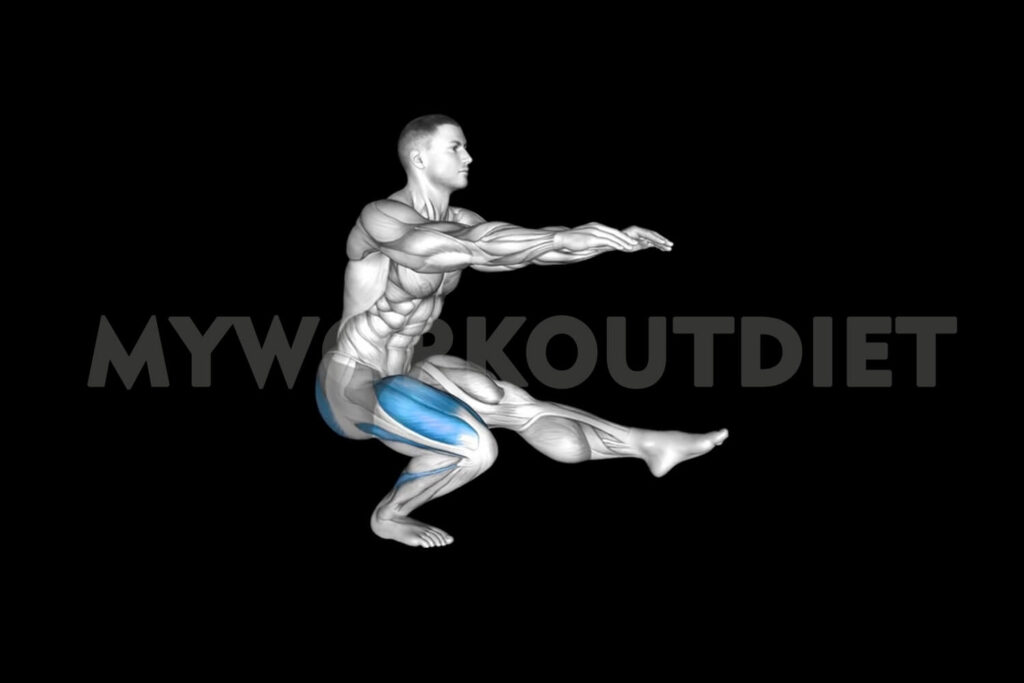
The single leg squat is a primary alternative to the Bulgarian split squat. It similarly requires mobility, balance and leg strength to properly execute. Building these fundamental abilities helps prepare you to perform the Bulgarian split squat with proper form.
How to do the single leg squat:
- Stand holding a sturdy object like a squat rack for balance. Extend one leg forward and rise onto the ball of your standing foot.
- Slowly lower down by bending your front knee and sitting your hips straight back over that heel to tap it to the ground. Pause briefly.
- Drive through your front foot and glute to return to an upright position.
- Maintain a straight back and keep your elevated foot from touching the ground throughout the movement.
- Beginners should use no added weight and only squat to a comfortable depth.
- Complete all reps on one side before switching to work the other leg.
Tips: Maintain squat depth based on your flexibility and strength. Add dumbbells for increased resistance once form is mastered. Keep your core braced throughout to prevent excess spinal motion.
2. Single Leg Box Squat
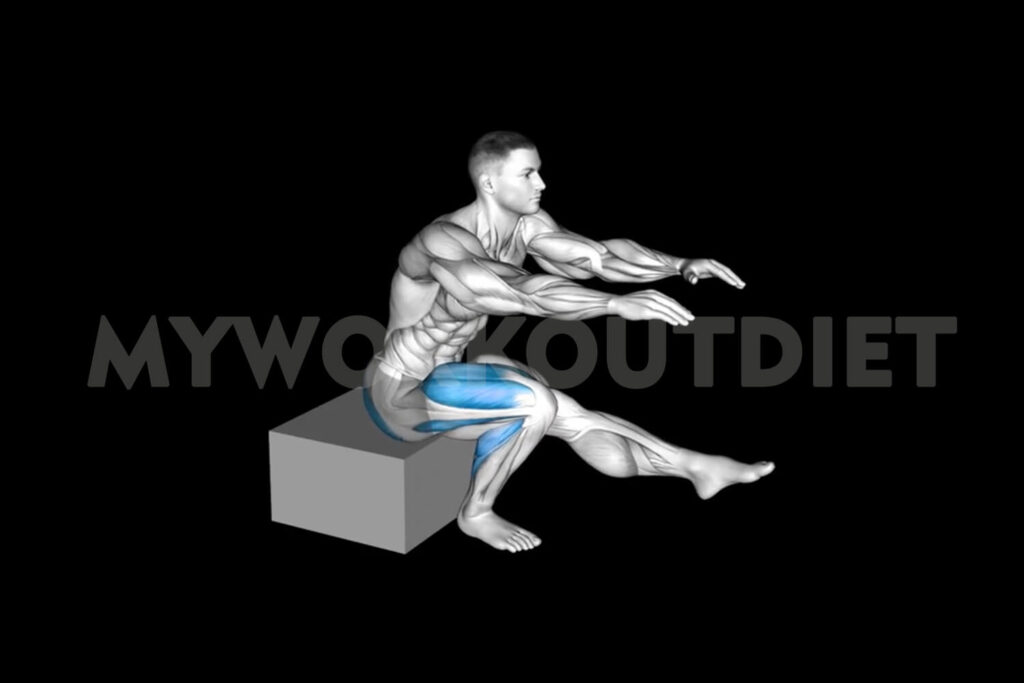
The single leg box squat focuses more on your quads by restricting hip and ankle mobility through the set range of the box. Strong quad activation makes it a great substitute.
How to perform the single leg box squat:
- Set up a box or bench behind you and stand facing away. Lift one foot to balance on one leg.
- Keeping your elevated foot from touching down, slowly lower by bending your front knee until you tap your rear to the box.
- Pause briefly then press strongly through your front heel to return to the starting position.
- Keep your torso upright and core braced. Use no added weight at first. Aim for 3 sets of 5-10 reps per side.
Tips: Don’t collapse forward or round your lower back. Difficulty based on box height – start higher until you build enough balance and strength. Increase depth slowly over time.
3. Dumbbell Backwards Lunge
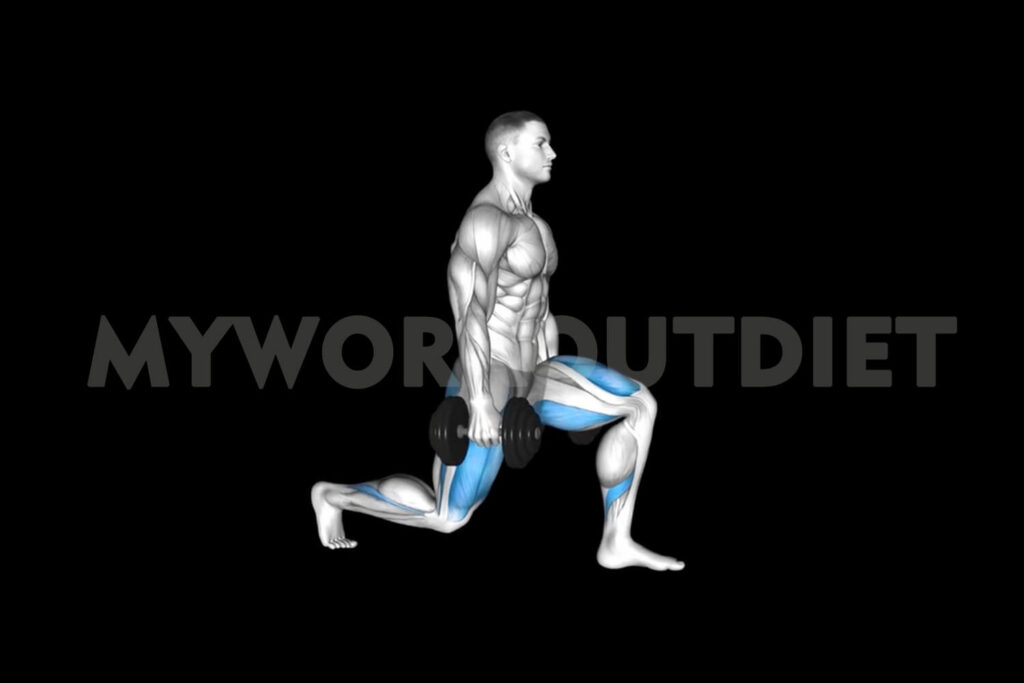
The dumbbell backward lunge is almost similar to the rear foot elevated position of the Bulgarian split squat while allowing you to build symmetry by working each side. It challenges stability while building lower body and core strength.
How to perform the dumbbell backward lunge:
- Stand upright holding dumbbells at your sides. Step one leg back and bend both knees to drop into a lunge.
- Descend until your back knee hovers above the ground then drive through your front heel to return to standing.
- Keep your torso upright and core engaged throughout. Complete all reps on one side then switch.
- Start with bodyweight until you have proper form. Build to 3 sets of 10-12 reps per leg.
Tips: Take a long step back to keep your front knee behind your toes. Increase dumbbell weight gradually once balanced. Adjust step length to control challenges.
4. Narrow Squat On Book
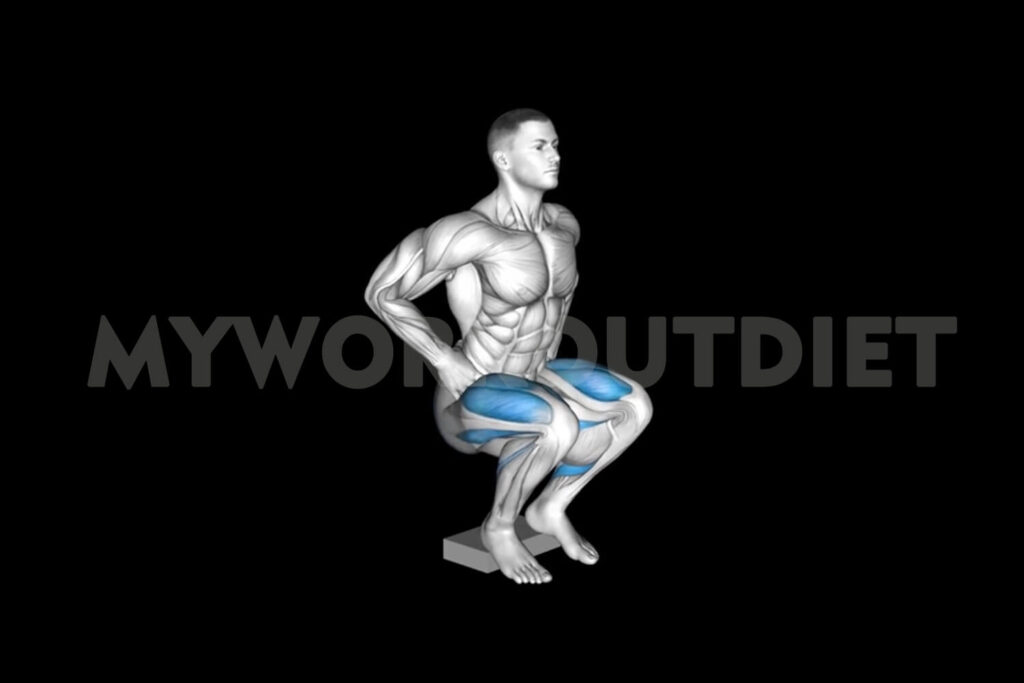
The narrow squat on a book increases quad activation and mobility in your hips and ankles as needed for the Bulgarian split squat. Placing one foot on a book encourages proper form.
How to perform the narrow squat on a book:
- Place a book or small weight plate on the floor and stand with the midsole of one shoe along its edge.
- Keeping your torso upright, inhale as you bend both knees to lower down.
- Let your arms reach forward counterbalancing as you descend until your hips pass below the knees.
- Exhale to drive through your whole foot and return up to standing.
- Aim for 3 sets of 10-12 reps before switching feet.
Tips: Don’t let your knees collapse inward. Increase book height to increase difficulty when ready. Add dumbbells for extra challenge over time.
5. Hack Squat Machine
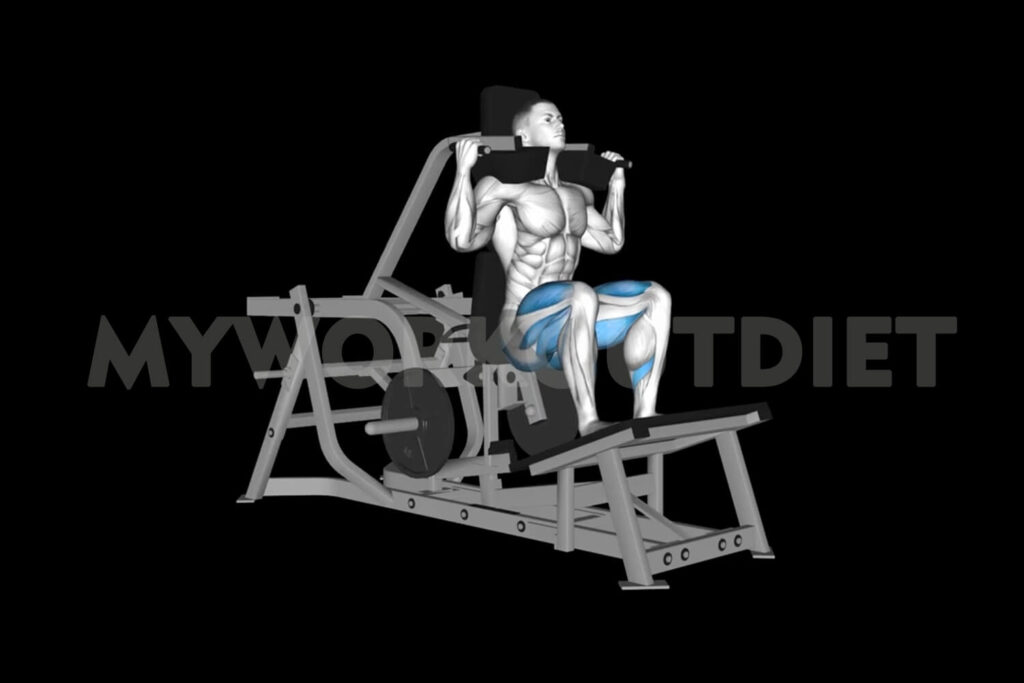
The hack squat machine isolates each leg allowing you to focus on building single leg strength like the Bulgarian split squat. The stabilized machine helps beginners develop proper unilateral squat form.
How to perform the hack squat machine:
- Stand facing the machine with your shoulders under the padded lever arms and your feet slightly wider than hip-width.
- Bend your knees, sitting your hips straight back to lower until your thighs are parallel to the floor.
- Press through your heels, driving your hips forward to return to standing. Keep your back flat.
- Complete all reps on one side before repeating the set on the opposite leg.
- Start with bodyweight and progress by adding plates slowly as strength builds.
Tips: Breathe out as you lift the carriage and inhale on the way down. Increase weight in small increments to stimulate strength gains over time.
What muscles does the bulgarian split squat work ?
The Bulgarian split squat is a powerful unilateral lower body exercise that trains the quadriceps, gluteus maximus, hamstrings, calves, and core. Lowering into the split stance primarily engages the quadriceps and glutes to control the descent, while the hamstrings isometrically stabilize the hip of your elevated leg. The unilateral nature also activates the core musculature. The strict technique and deep range of motion in the split squat achieves intense muscular stimulation in all these areas. The result is strength, mobility, and hypertrophy gains.
How many reps for Bulgarian split squat ?
When first learning the Bulgarian split squat, aim for 10-15 reps per leg to allow your muscles, mobility and neuromuscular coordination to adapt to the movement pattern. Once you build stability and can control the descent with proper form, work in a range between 6-10 reps per side. The deep unilateral range of motion creates intense muscular fatigue quickly. So quality over quantity is key for gains. Total weekly sets should fall between 12-20 divided over 2 lower body sessions for best results.
